Hiking to Bear Gulch Cave & Reservoir - Pinnacles National Park
Hi friends and happy Monday! This week we’re heading to one of California’s lesser visited national parks to hike through an incredible talus cave system. Join me in Pinnacles National Park as we take the trail through Lower Bear Gulch Cave to the Bear Gulch Reservoir.
FAST FACTS
Distance: 2 mile RT
Elevation: >300 feet
Difficulty: Easy to Moderate
Lower Bear Gulch Cave in Pinnacles National Park
Pinnacles - East vs West
Pinnacles was originally established as a national monument in 1908 by President Theodore Roosevelt, but in 2014 it was redesignated as California’s newest national park. If you’re unfamiliar with Pinnacles National Park, you’ll want to do a little research prior to visiting. There are two separate park entrances: one on the west side and one on the east side...and you can’t drive through the park from one entrance to the other. You either have to hike through the park or take an hour and a half driving detour outside the park to reach the other side. So as you can imagine, it’s important to plan which side of the park you want to explore before your visit.
My Photography Gear
I get so many questions about what equipment we use on our adventures, so below I’ve listed out our most used photo gear 😊
If you make a purchase through these links, we may earn a small commission at no extra cost to you. This helps offset the cost of running this site so we can continue to provide you with free content.
Moses Spring Trail to Bear Gulch Reservoir in Pinnacles
Trail
This week we’re enjoying the east side of the park as we hike the 2 mile round trip trail to Bear Gulch Reservoir through the Lower Bear Gulch Caves. I’d recommend beginning this adventure by parking at the Bear Gulch Day Parking Area (or at the Moses Spring Parking Area if you can snag a spot). From here you head out for a 10th of a mile on High Peaks Trail, and then make a left onto Moses Spring Trail towards the caves. After a 1/2 mile of hiking, you reach the first Bear Gulch Cave opening marked by a small sign and massive boulder. You can see the fallen rocks piling up along the walls at the beginning of this cave. Then, as you take the concrete path, balance on rocks across the stream, and head up the stone steps, the light begins to completely disappear.
While this is a relatively easy hike, sections of the cave are always pitch black and completely dark, so carrying strong light sources is incredibly important (your iPhone flashlight isn’t ideal in the deep darkness). There are also areas where you have to scramble through tight spaces with uneven terrain and crawl through small spaces, so this might not be the adventure for those with a fear of small spaces in the dark.
Entrance to Lower Bear Gulch Cave in Pinnacles National Park
Best Time to Visit
Spring is a wonderful time to visit lower Bear Gulch Cave. After heavy winter rains, water rushes down through the cave system, creating spectacular waterfalls you can hear and see as you explore both inside and outside the cave. It is important to note that the path can become flooded (so be prepared to get your feet wet), and the caves can close due to extreme flooding...so always check the NPS website before your visit and obey all park signage. On my most recent trip the standing water was less than ankle deep, even in the most flooded spots, and it was easy to follow the flow of water up through the cave for many close-up waterfall views along the way through the dark cave (seeing these waterfalls in the dark is an important reason to have a high powered headlamp or flash light with you on your visit). The final waterfall can be seen as you pass under a giant boulder and climb the final stone-carved steps out of the cave directly before you reach Bear Gulch Reservoir.
Stone stairs leading to Bear Gulch Reservoir in Pinnacles National Park
Bear Gulch Cave Closures
When planning this particular hike it’s important to check the official NPS website for routine cave closures. The Bear Gulch Caves have two separate sections that can operate independently of each other. The lower (main section), which we’re taking today, remains open much of the year. However, the upper section is rarely open for more than a few weeks each year to protect the endangered bats residing inside. Thirteen types of bats call the talus caves of Pinnacles National Park home, including a large maternal colony of Townsend Big Ear Bats, which live year-round in the Bear Gulch Caves. The entire cave system will be closed during the Summer (probably starting late May) while the bats are raising the babies here...so the next few weeks is the perfect time to visit Lower Bear Gulch Cave before it closes for the Summer months.
Lower Bear Gulch Cave in Pinnacles National Park
Exploring Caves in Pinnacles
The caves inside Pinnacles National Park are actually talus caves, which are formed as the steep narrow canyons get filled with fallen boulders from the cliffs above.
Exploring these caves can be great fun, but it can also be a dangerous environment, so always prepare properly. Explore with a buddy, tell others your plans, and carry the right equipment, including multiple light sources, extra food & water, a first aid kit, and proper attire. It can be quite cold in the cave systems and the ground can be slick, as well as filled with jagged rocks.
For a talus cave adventure on the west side of Pinnacles National Park, check out my Balconies Cave blog post.
Lower Bear Gulch Cave in Pinnacles National Park
Civilian Conservation Corps
The Civilian Conservation Corps (CCC) built the stone-carved stairs and trails found throughout Bear Gulch Cave starting in 1933. The stairways they constructed allow visitors to navigate these caves without ropes and ladders, and it’s impressive how these trails have endured nearly a century of storms and park visitors.
Bear Gulch Reservoir in Pinnacles National Park
Bear Gulch Reservoir
Bear Gulch Reservoir has been a Pinnacles highlight for nearly a century. The dam, which created the Bear Gulch Reservoir, was completed in 1935 by the CCC both to prevent flooding downstream, as well as for its aesthetic value. The reservoir provides an important habitat for red legged frogs, a threatened California species. The water reflections here are still and almost glass-like, which is a stark difference from the rushing stream echoing through the caves below. This is a popular location for sunrise and sunset, and it makes for a wonderful spot to enjoy a snack and rest before heading back.
During the Summer months, when the entire Bear Gulch Cave system closes, you can still reach the reservoir and bypass the caves by hiking the Moses Spring Trail. If you want to enjoy even more hiking here, you can continue on the Rim Trail or the full 6 mile strenuous High Peaks Trail...just be aware that the Summer months can get very hot, so I’d recommend visiting now during the Spring or waiting until the cooler Fall months.
Bear Gulch Reservoir in Pinnacles National Park
Know Before You Go
• Always check the NPS website before your visit for the most updated information.
• Vandalism causes irreparable damage. Graffiti has resulted in the closing of the Balconies Cave system multiple times during the past few years. If you see something say something...help protect our national parks and call/text the NPS Tip Line at 888-653-0009 or call park dispatch at 559-565-3195 if you see someone leaving graffiti here, and report it to a ranger as soon as possible.
• Please follow the Leave No Trace Principles to keep this place beautiful for all to enjoy.
• Flashlights or headlamps are required to hike through the caves. It is best to wear sturdy shoes or boots with ankle support and tread that will prevent slipping and sliding as flowing water may cover the trail.
• Always stay on established trails and keep an eye out for poison oak, stinging nettle, and rattlesnakes inside the park.
• Always carry and drink plenty of water. Bring hats, sunscreen, and layers, as temperatures can fluctuate.
Lower Bear Gulch Cave waterfall in Pinnacles National Park
In Summary
Thanks so much for joining me this week in Pinnacles National Park. For a virtual visit through the Bear Gulch Cave to the Reservoir, make sure to watch my Behind the Blog video at the top of this post, or watch it on YouTube here. Until next week, I hope you find adventure and encouragement wherever you go .
If you enjoyed this post, you might also like…
About Me
I’m Dawn Marie, a travel and lifestyle blogger based out of Southern California. With in-depth articles, travel guides, and reviews on hotels & products, I seek to share my journeys to help you plan for your own. My adventures take me all over California, the western United States, and around the globe...and every Monday I post new content here, including a comprehensive blog post and YouTube video.
Search the Blog
Featured Posts
Etsy Shop




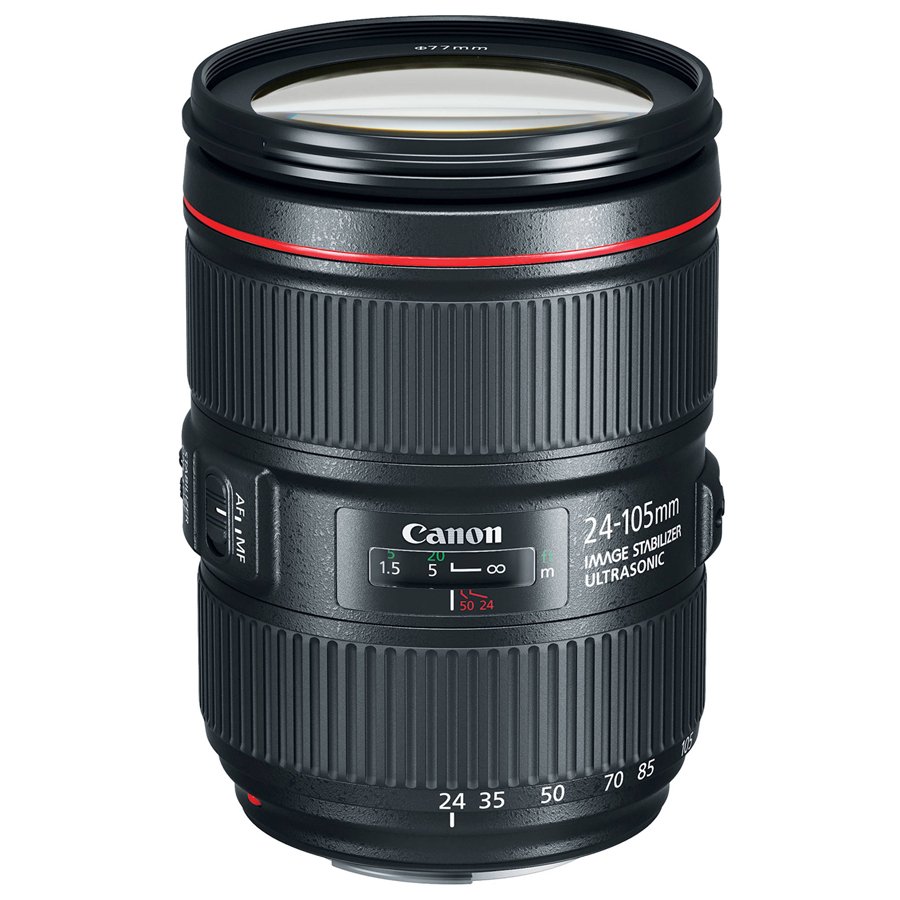
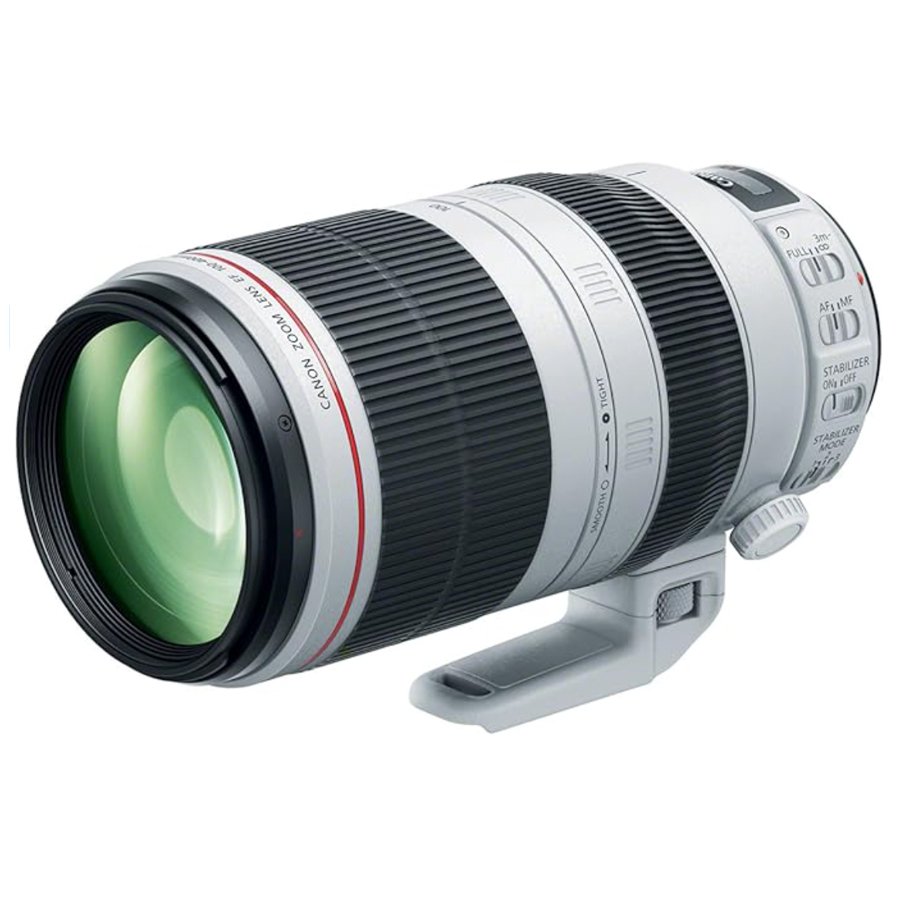
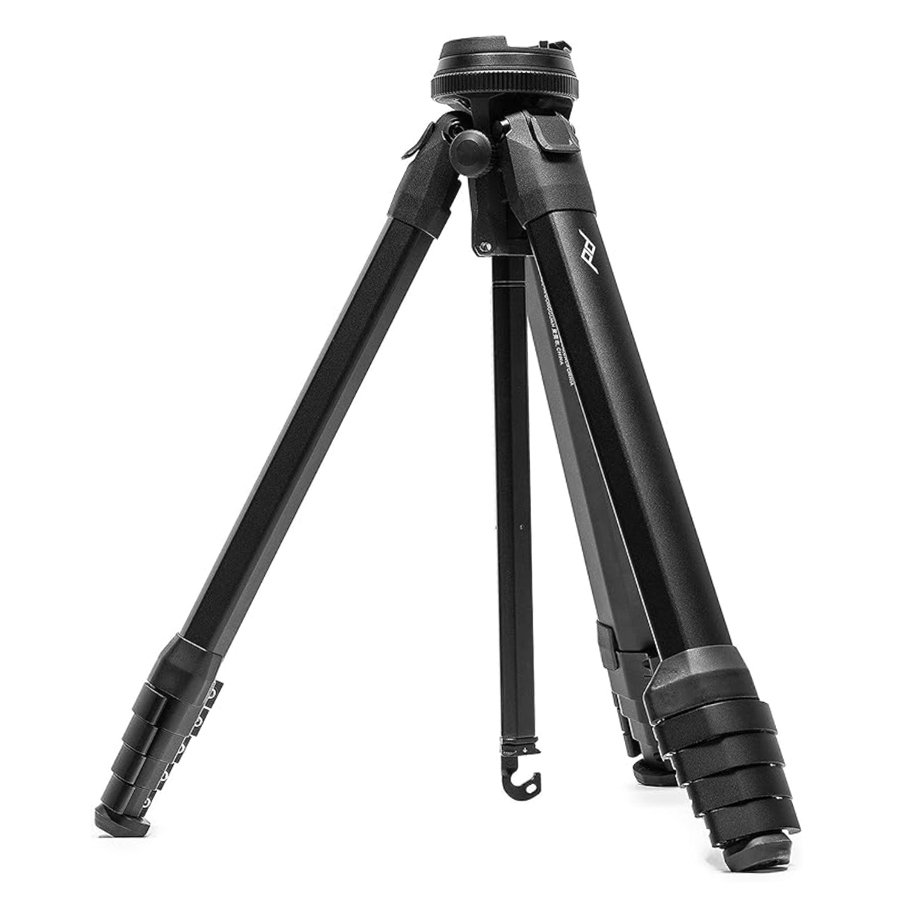


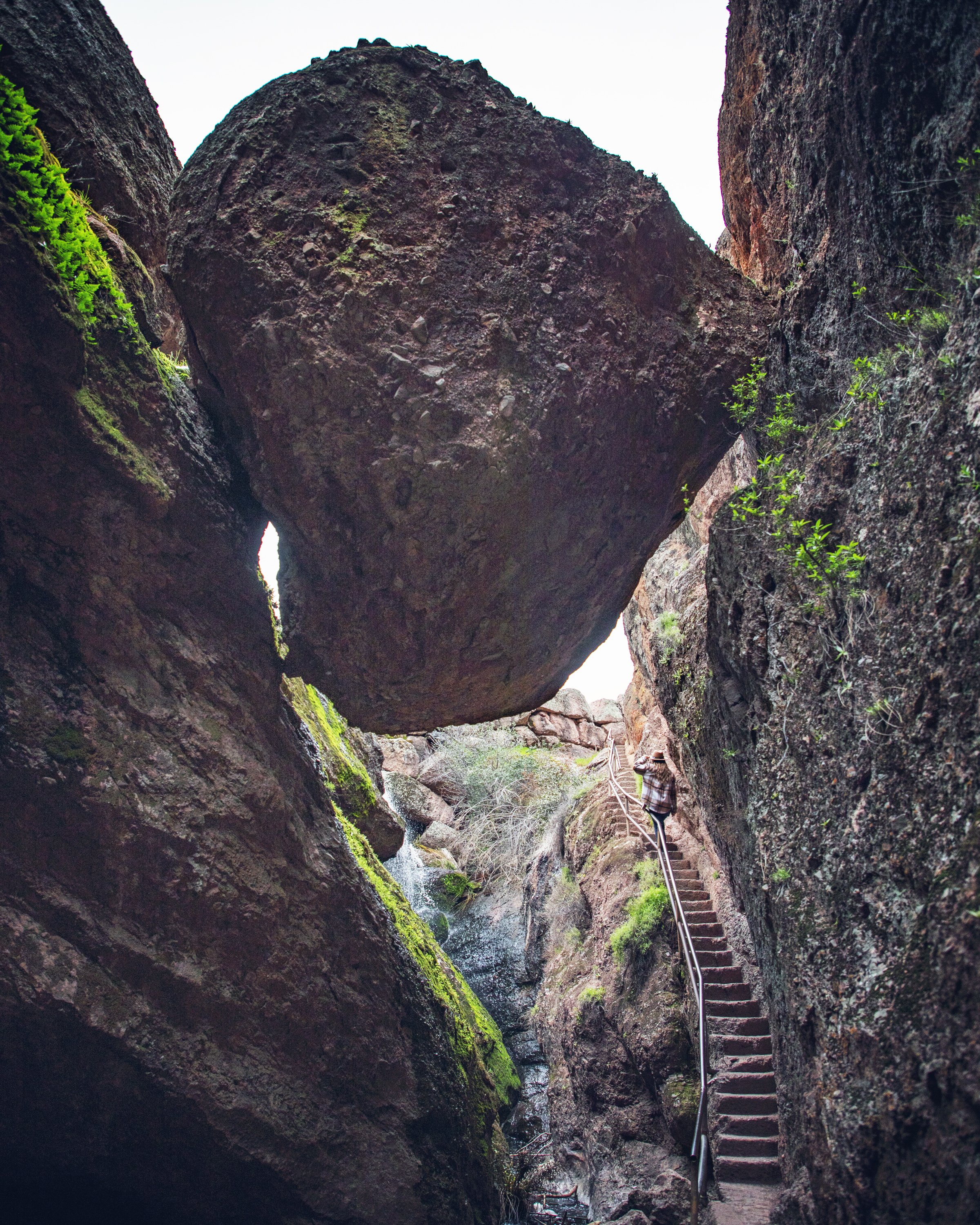



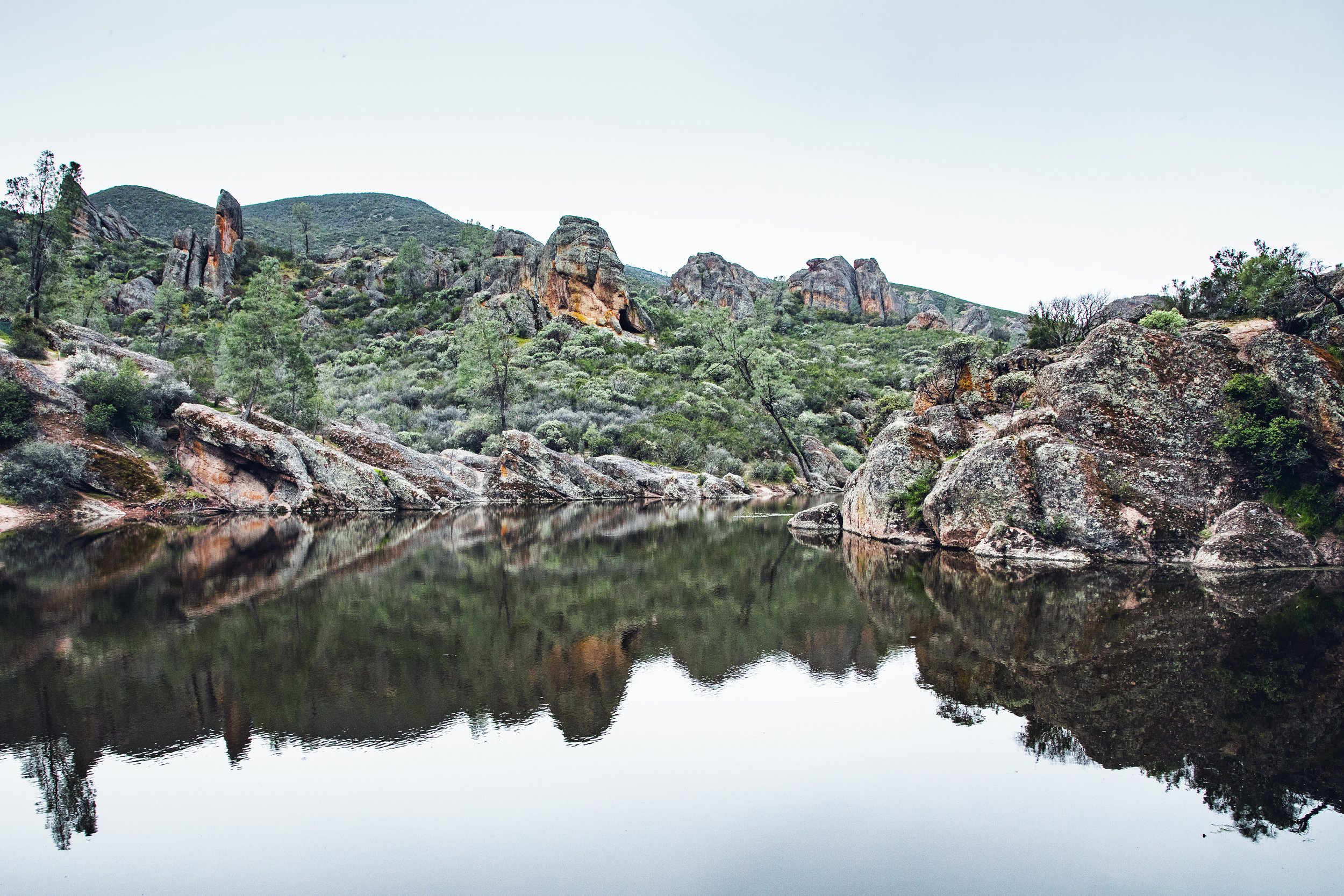











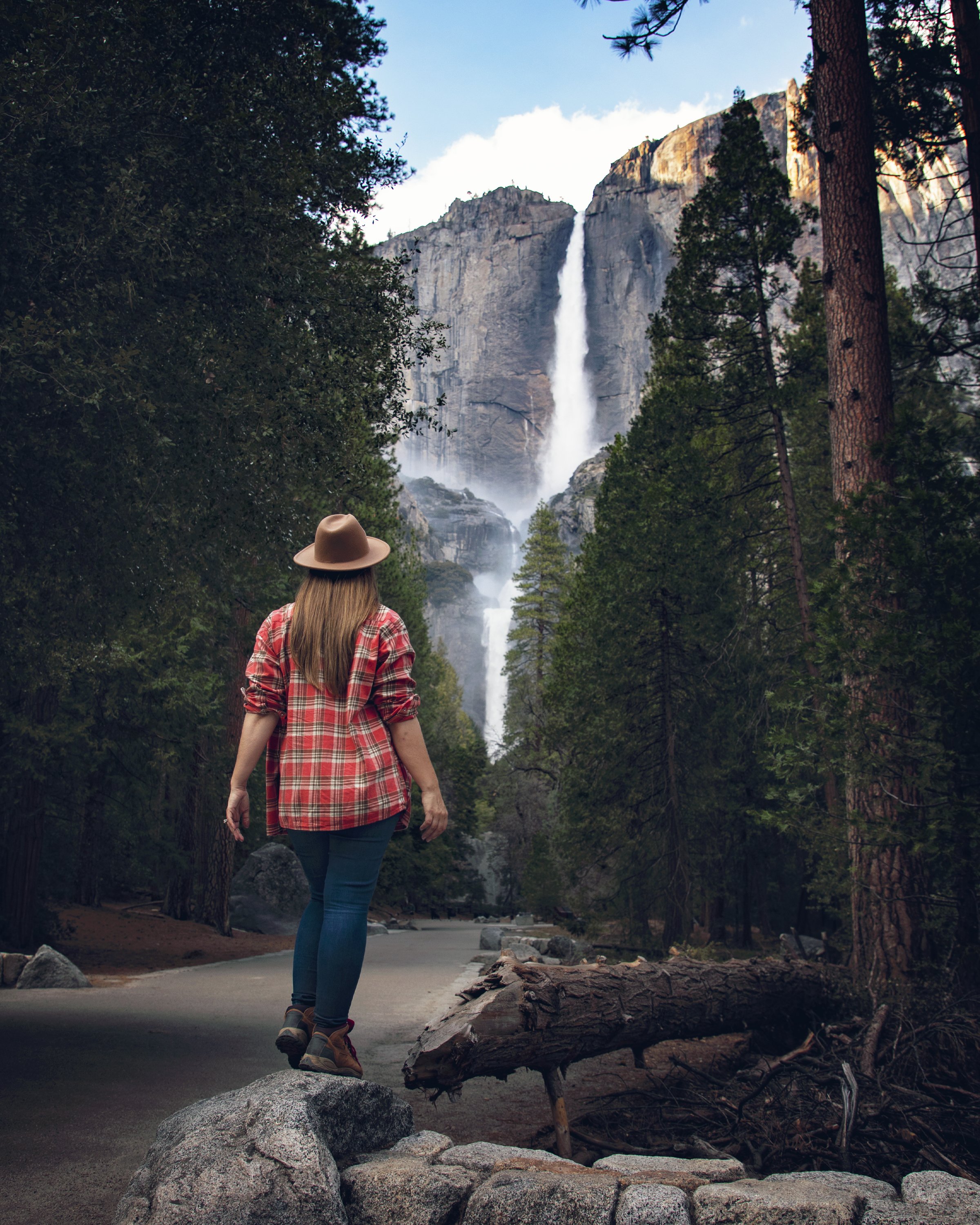



Explore Fiscalini Ranch Preserve in Cambria, CA—a scenic coastal gem along Highway 1. Discover over 8 miles of hiking trails with ocean views, Monterey pine forests & abundant wildlife. Enjoy ADA-accessible Bluff Trail, unique benches & year-round free access. Perfect for hiking, birdwatching & photography. Don’t miss my 2-3 Day Central Coast Itinerary & Travel Guide for more adventures nearby!